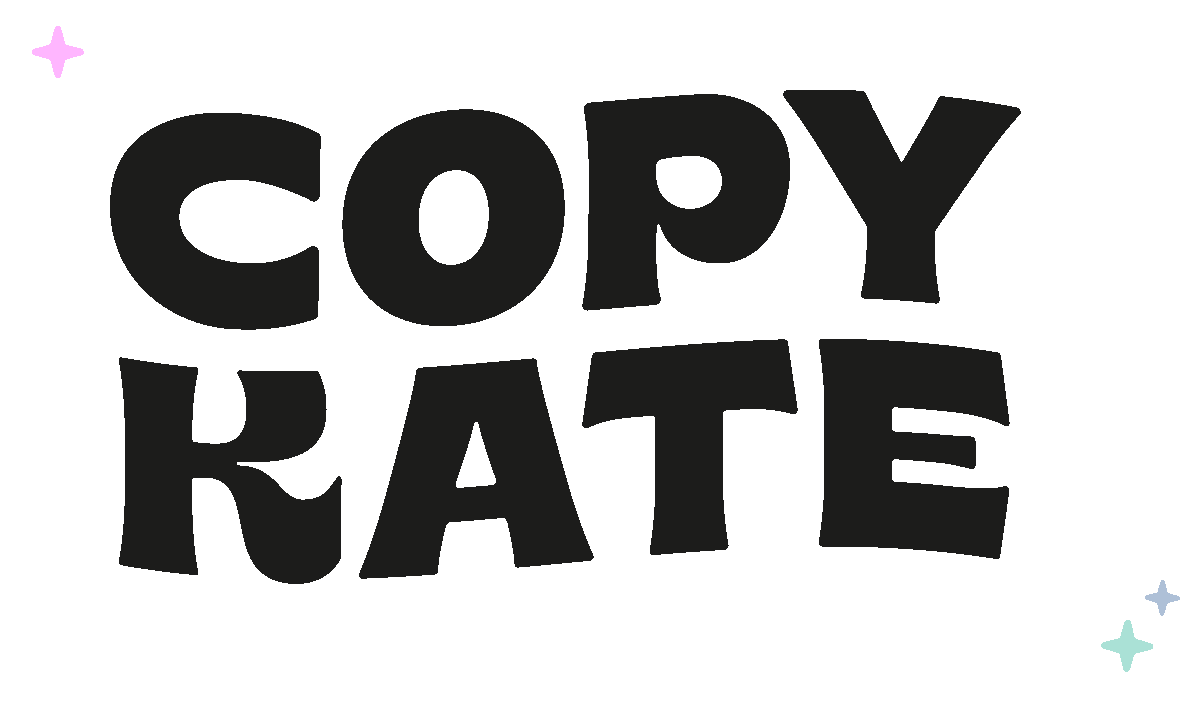The 5 most powerful words in copywriting (and how to use them)
There’s no shortage of blog posts promising “power words” that’ll skyrocket your sales overnight.
Most of them read like they were pulled from a dusty marketing textbook or, worse, a swipe file passed around since 2003.
But in the real world, especially for small businesses trying to sound like themselves, the right words do more than just grab attention. They shape how people feel about you.
After years of writing copy for everyone from bold startups to buttoned-up accountants, I’ve found that certain words do change the game but not for the reasons you might think. They don’t trick, hype, or manipulate. They open the door to actual connection.
Here are five deceptively simple words that can shift your copy from forgettable to unmissable and how to make them work for your brand, not just your bottom line.
1. “You”
Yes, you.
Because your copy isn’t about you it’s about them: your customer, your reader, the person with a problem you can solve.
Yet most business websites read like a monologue. “We” and “our” show up on repeat, like a broken record. The result? A wall of words about the business. Meanwhile, the reader is nowhere to be found.
“You” changes that. It flips the focus. It makes your reader the main character. It’s the difference between:
“We offer fast, affordable web design.” and “You get a website that works as hard as you do”
Try this: Scan your copy. Count the “we”s vs the “you”s. Who’s getting the spotlight? Your business or your customer?
2. “Because”
Humans are weird. We want reasons, even when they’re obvious.
“Because” is the ultimate why-word. And there’s actual research showing it makes messages more persuasive.
In a world full of overhyped claims and empty promises, “because” lowers the drawbridge. It adds context. It tells people you’ve thought this through and you respect their attention.
“Get in touch” is fine.
“Get in touch because you’re tired of chasing your own tail” is better.
Try this: Don’t drop a call to action without a reason. Even a short “because” can turn a nudge into a yes.
3. “Imagine”
This is where logic meets emotion. “Imagine” invites your reader to picture life after working with you. It’s a gentle shift from explaining what you do to showing how it changes things.
It hands them the pen. They start filling in the blanks. That’s powerful.
“Imagine finally sending that email and knowing it sounds like you.”
“Imagine a website that doesn’t make you cringe.”
Try this: Start your About page, a headline, or even a social post with “Imagine…” or “Picture this…” and see how quickly people lean in.
4. “Now”
Urgency doesn’t have to shout. “Now” is a nudge, not a shove. It suggests momentum. It anchors action in the present.
Most calls to action fall flat because they feel vague or passive. “Now” makes it feel easy to take the next step without sounding pushy.
“Get your free audit now” = meh.
“Find out where your brand voice is falling flat — right now, before you send another forgettable email.” = better.
Try this: Use “now” to break inertia — but keep it human. Avoid the shouty “BUY NOW!!” vibe. Nobody likes that.
5. “If”
“If” is the ultimate open door. It invites the right people in and quietly lets the wrong ones move on.
It’s how you say, “This isn’t for everyone and that’s okay.”
“If you’re tired of being just another ‘friendly, reliable business’…”
“If you’re ready to sound like yourself — not everyone else…”
That’s permission-based copy. It builds relevance, not pressure.
Try this: Use “if” to call out your audience’s real struggle. No hard sell, just a moment of recognition.
What This Means for Your Brand Voice
Every word is a choice. And the words you choose shape the way people experience your business whether they’re reading your home page, an email, or even your voicemail.
Want to stand out in a sea of “friendly, professional” sameness?
My Brand Voice Strategy service dig much deeper than the usual “power word” list. We’ll figure out how you sound at your best and how to get more of that into every word you write.
